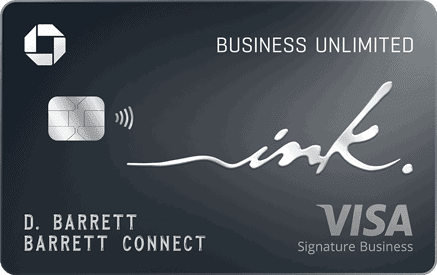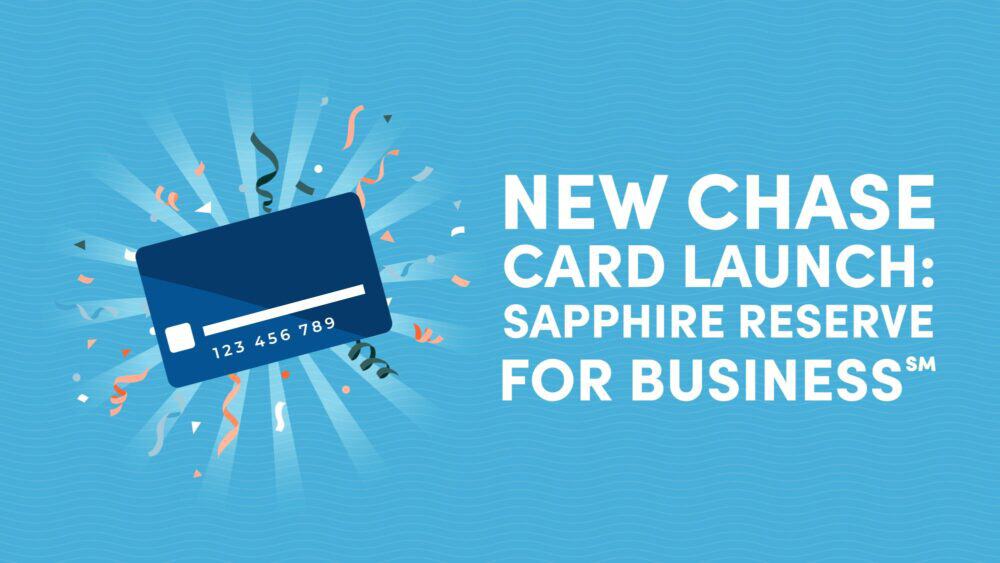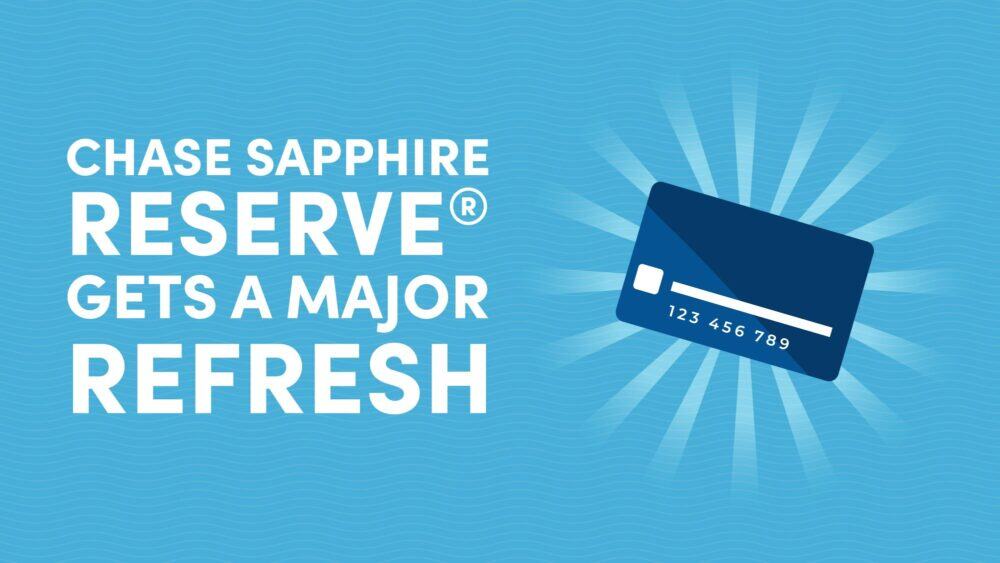
10xTravel is part of an affiliate sales network and receives compensation for sending traffic to partner sites, such as CreditCards.com. This compensation may impact how and where links appear on this site. This site does not include all financial companies or all available financial offers. Terms apply to American Express benefits and offers. Enrollment may be required for select American Express benefits and offers. Visit americanexpress.com to learn more.
Note: Some of the offers mentioned below may have changed or may no longer be available. The content on this page is accurate as of the posting date; however, some of our partner offers may have expired. You can view current offers here.
As time goes on, your life changes. The things that are important to you will probably shift as will the things that you spend your money on. At the same time, credit card companies are continuously coming out with new credit cards, some of which may fit your lifestyle better than that card you’ve had for years. However, when you cancel your credit card and sign up for a new one, you may have to deal with losing your rewards and taking a hit to your credit score.
Luckily, if there’s a card within the same family as your current card, you may be able to do what’s called a “product change,” which involves shifting your line of credit to another card. This allows you to get the benefits of a new card without having to cancel your current card and sign up for another one.
Typically, completing a product change involves calling your bank and checking what options are available to you. Before you call your bank for a product change, let’s look at some reasons why you might want to request one in the first place.

You Want More Relevant Perks
Over time, your spending habits and lifestyle will most likely change. By product-changing your credit card, you may be able to get a card with bonus categories and perks that are more rewarding for you than your current card.
For instance, if you recently had children and you’ve discovered that groceries are now constituting a much larger portion of your expenses, you may want to product-change to a card that offers a larger spending bonus for groceries than your current card. Or, if you have to travel much more often than you used to, you might want to upgrade to a card that comes with complimentary hotel elite status.
On the other hand, if you have a card with an annual fee and you’ve discovered that you haven’t been using the perks that you’re paying for, you may want to downgrade to a card with no annual fee.
You Want to Stop Paying an Annual Fee
If you currently have a card in your wallet that you’re paying an annual fee for and that you use rarely if ever, you may want to consider product-changing to a card with no annual fee. Perhaps you signed up for your current card because it offered a lucrative sign-up bonus but, now that you’ve already earned the bonus, the annual benefit you receive from the card doesn’t outweigh the annual fee.
In these cases, downgrading to a no-annual-fee card is a smart money-saving move. In almost every case, the $0 fee card will have a weaker rewards program. However, that doesn’t matter if you weren’t spending any money on your old card anyway.

You Want to Switch Cards but Keep the Rewards You’ve Earned
When canceling a credit card, you may be forced to forfeit any remaining rewards points that you have or to quickly spend your points on redemptions that you don’t really want to get some benefit out of them. A product change is a way to change your card without giving up the rewards points that you’ve earned.
When product-changing to a new card, the issuer will typically shift your rewards balance onto the new card. However, it’s worth noting that the value of your rewards points could change.
You Want to Get Rid of a Card but Not Its Payment History
Your payment history and the length of time that you’ve had credit are both contributing factors to your credit score. Typically, having a long credit history and having completed payments on time for a series of years will positively impact your credit score.
On the other hand, canceling a credit card can erase a large chunk of your credit history and your payment record and could lead to a sudden drop in your credit score.
Luckily, with a product change to a no-fee card, you don’t need to pay an annual fee to maintain your credit history and payment record. If you have a card with a membership fee that you’ve used for years but no longer use often, you can downgrade to a $0 fee card and maintain the same account history.

You Want to Keep the Same Credit Limit
Another major factor in determining your credit score is your credit utilization ratio. This is essentially how much of your available credit you use. We recommend using no more than 30% of your available credit each billing cycle to avoid any negative impact on your credit score, and utilizing even less is always better.
So, when you close a credit card but your spending remains the same (it’s just being spent on other cards), then your available credit will be lower and your credit utilization ratio will be higher. This could potentially hurt your credit score, especially if it puts you above that 30% threshold.
For example, let’s say that you have two credit cards, each with a limit of $5,000, and you regularly spend $2,500 between the two of them. Since your total available credit is $10,000, then your credit utilization ratio would be 25% ($2,500 / $10,000 = 25%). However, if you cancel one of those cards, then your total available credit is only $5,000. And, if you keep spending $2,500 per month, then your credit utilization ratio would go up to 50% ($2,500 / $5,000 = 50%).
So, in the interest of keeping your available credit from going down, a product change may be preferable to canceling a card.
You Want to Avoid a Hard Credit Inquiry
Usually, when you apply for any kind of new credit (including a credit card), issuers will perform a hard credit inquiry, or a “hard pull.” This will typically result in a temporary drop in your credit score. However, that temporary drop can last as long as two years.
So, if you’re planning to apply for another line of credit in the next two years, such as a mortgage or an auto loan, you may want to avoid a hard credit inquiry.
Luckily, when product-changing credit cards, no such hard credit inquiry is conducted. So, you can change out your old credit card for a new one without it affecting your credit score, even temporarily.

You’re Offered a Bonus to Switch
Typically, when you product-change from one credit card to another, you aren’t eligible for any sign-up bonus being offered for that new credit card. However, a credit card company may occasionally offer you an incentive to switch cards in the form of a bonus worth a few thousand points or miles. Most of the time, these incentives are offered when switching to a card with a higher annual fee.
In these cases, you may want to do the math and figure out whether it’s worth it to request a product change to get the bonus. You might even want to consider product-changing to get the incentive bonus and then downgrading back to your original card once the 12-month period has passed to avoid paying the annual fee again. Keep in mind, though, that most banks have limits on how often you can product-change.
How to Product-Change Your Credit Card
If you think that you might want to product-change your card, look into other cards in the same family as your current card and decide which one you want to hold instead. Then, look up the customer service number for your card issuer and call them. Some issuers allow you to request a product change via an online chat. However, most of the time, you’ll have to talk on the phone.
The customer service representative should confirm the details of the trade: that your rewards will be transferred, that your credit limit will stay the same and the differences between the cards’ features. Then, the product change should be instant.
The product change should not affect your account or login information. Sometimes your credit card number will change and sometimes it won’t. If the product change involves changing your credit card number, you should remember to update any automatic payments you had set up with the old card.
Product Change Rules to Keep in Mind
Every bank that issues credit cards has a different set of rules concerning product changes. Some credit card issuers don’t allow credit card product changes whatsoever. However, for issuers that do allow product changes, a few rules are fairly consistent across the industry.
- You can’t do a product change from a consumer credit card to a business credit card, or vice versa.
- The card you’re changing to must be in the same family as the card you’re changing from. For instance, you should be allowed to do a product change from the Chase Sapphire Preferred® Card to the Chase Sapphire Reserve®. However, you can’t request a product change from the Marriott Bonvoy Boundless® Credit Card from Chase to the Chase Sapphire Reserve® because they’re in different card families.
- You have to wait at least 12 months before being able to request a product change to another card.
- When performing a product change, you won’t be eligible for any welcome bonus on the new card (unless the offer terms specifically state a bonus).
- When performing a product change, you’ll still retain your account number, balance and due date from your previous account.
In most cases, you won’t be able to find much specific information on which cards you’re allowed to change between on banks’ websites. You’re better off just calling the customer service line at your bank and asking them about a specific product change.
The Bottom Line
Product-changing your credit card can be a great way to gain access to new perks and spending bonuses that are more relevant to your lifestyle or to avoid paying an annual fee for a card that you don’t use often. Even if you’re fairly satisfied with the card you currently hold, it’s worth doing some research to see if there’s another card in the same family that might be even better for you.
Plus, when done correctly, there’s really no downside to a product change. Your credit limit and credit score should not be affected whatsoever; you’ll keep all of the rewards you’ve earned; and the whole process can be completed in a matter of minutes.
New to the world of points and miles? The Chase Sapphire Preferred® Card is the best card to start with.
With a bonus of 75,000 bonus points after you spend $5,000 on purchases in the first 3 months from account opening. , 5x points on travel booked through Chase Travel℠ and 3x points on restaurants, streaming services, and online groceries (excluding Target, Walmart, and wholesale clubs), this card truly cannot be beat for getting started!
after you spend $5,000 on purchases in the first 3 months from account opening.
after you spend $5,000 on purchases in the first 3 months from account opening.
(each night valued up to 50,000 points) after spending $5,000 on eligible purchases within 3 months of account opening. Certain hotels have resort fees.
Editors Note: Opinions expressed here are author’s alone, not those of any bank, credit card issuer, hotel, airline, or other entity. This content has not been reviewed, approved or otherwise endorsed by any of the entities included within the post.











